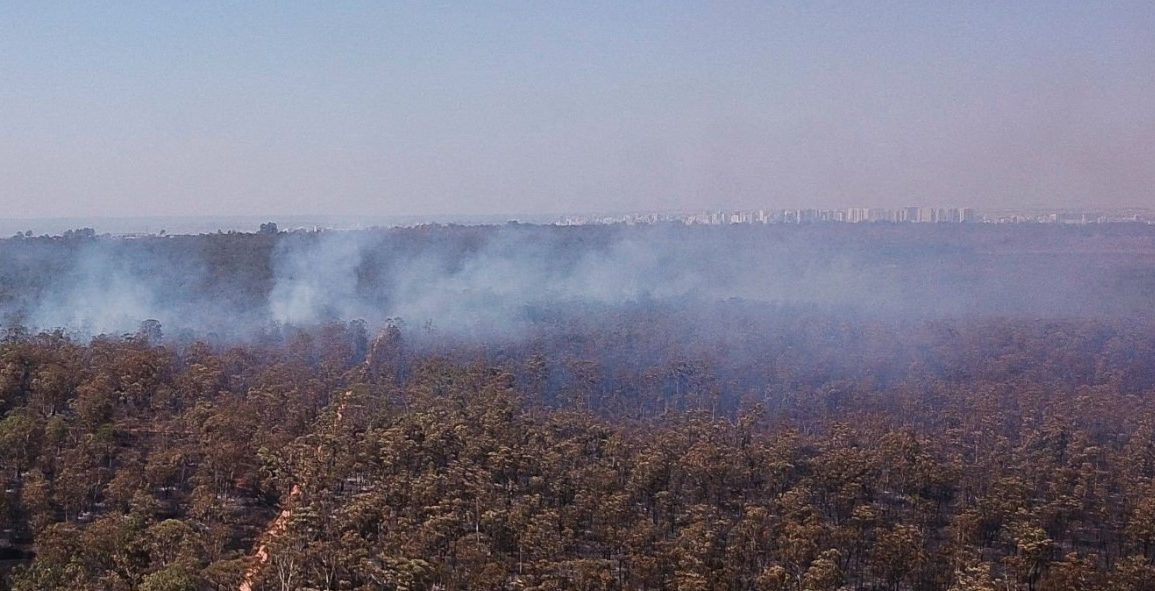Record-breaking heatwaves across the United States have led to a staggering increase in heat-related deaths over the past two decades.
According to a new report from the Journal of the American Medical Association (JAMA), heat-related deaths in the US surged by 117% between 1999 and 2023. The study, based on data from the US Centers for Disease Control and Prevention (CDC), found that more than 21,500 heat-related deaths were recorded during this period.
In 1999, there were 1,069 heat-related deaths, but by 2023, this number had risen to 2,325. The report notes that the lowest number of deaths occurred in 2004, with 311, while the highest number was recorded in 2023.
Before 2016, the data showed significant year-to-year variability, with notable spikes in 2006 and 2011. Since 2016, however, the number of heat-related deaths has consistently increased each year.

The researchers attribute this trend to rising temperatures driven by climate change. They recommend that local authorities in high-risk areas invest in hydration and cooling centers to mitigate the impact of extreme heat.
The study also acknowledges limitations such as potential misclassification of causes of death and incomplete data for vulnerable populations.
The World Health Organization (WHO) highlights that heat stress is the leading cause of weather-related deaths globally. Extreme heat, exacerbated by climate change, poses significant risks including heatstroke, cardiovascular stress, and disruptions to essential services and transportation.
This week, the Midwest is facing some of its hottest days this summer, with 55 million Americans under heat alerts. The situation is compounded by an emergency blood crisis attributed to extreme heat, and July was marked as the hottest month on record globally.
As the US warms faster than the global average, reducing greenhouse gas emissions remains crucial to mitigating these impacts.

